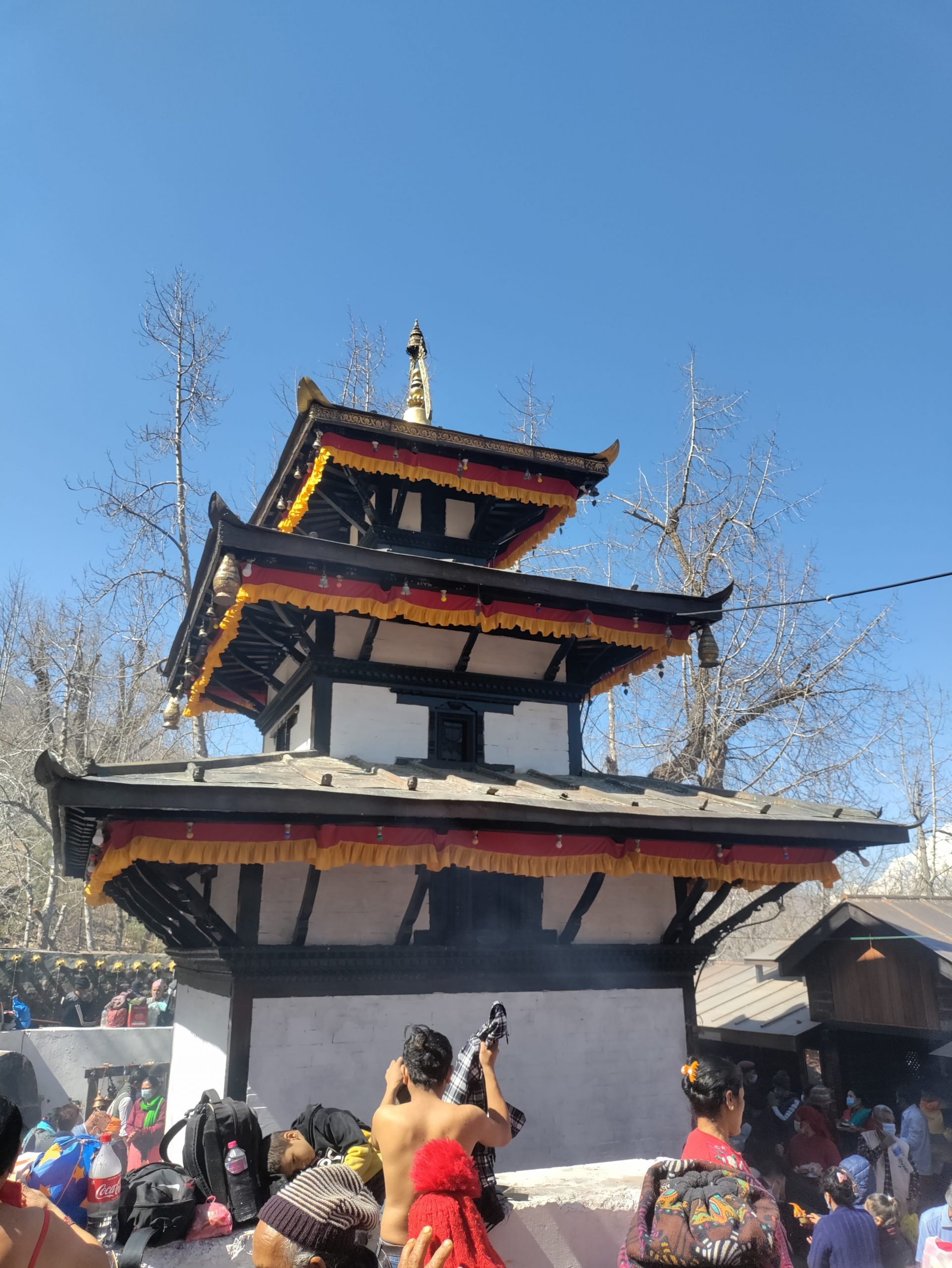Are you planning for Muktinath Darshan Yatra? This article can lead you to book and plan Muktinath dham yatra at lower cost.
Muktinath is located in Mustang district of Nepal. Which is called as the district behind the Himalayas. As you have to pass Himalayan range including Mt Dhaulagiri and Mt Annapurna range via Kaligandaki gorge to reach Muktinath. There is another option via Manang passing Thorongla pass. Next option is you need to enter through China side via Upper mustang which is not easy and you need special permit.
Muktinath temple is considered as the most beautiful place in Nepal. The Muktinath Temple tour is one of the best ways to begin and see Nepal’s natural beauty and cultural tradition. At the base of the majestic Annapurna range, Muktinath is situated in the Annapurna region, which is the most popular tourism destination for both local and foreign travelers. In the Annapurna region, Muktinath, a sacred shrine dedicated to Lord Vishnu, is a popular destination for pilgrims. Muktinath Temple can be reached via trekking, road, Heli and Aeroplane. You can choose any kind option according to your comfort zone. Continue reading “Muktinath Tour – How to reach Muktinath Temple?”







